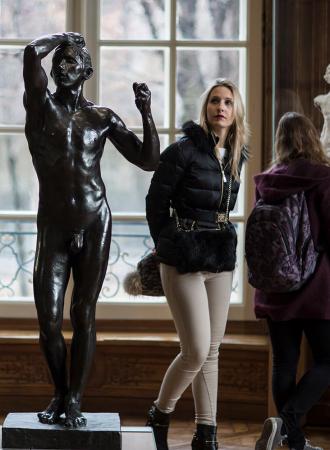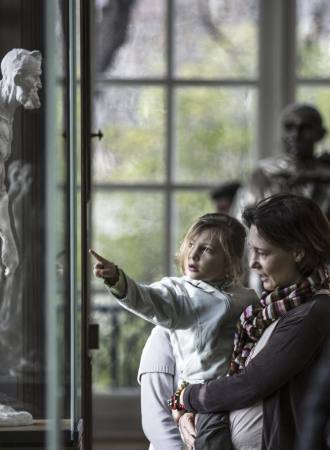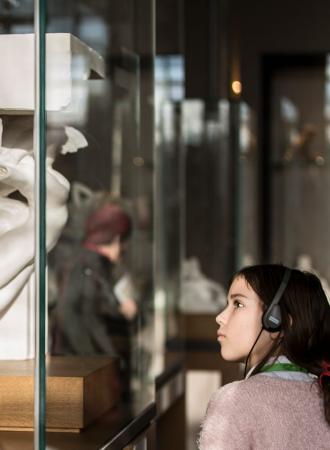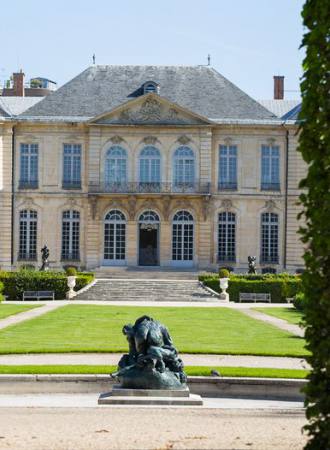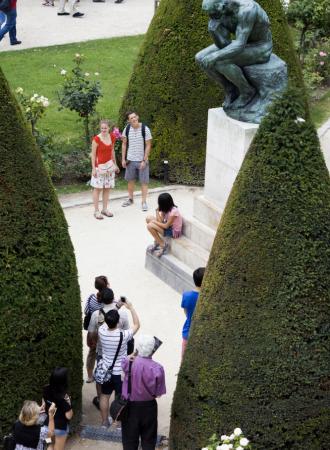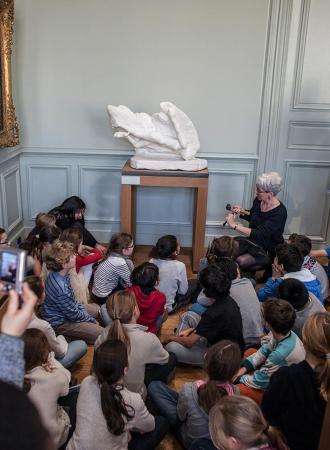Search the site
Misery
Jules Desbois (1851-1935)
Gift of Mme veuve G. Rudier, 1954
Jules Desbois was Cavelier’s pupil and Rodin’s assistant. The present terracotta was cast from the original, shown in plaster at the Paris Salon in 1894, and then reworked. This cast does not seem to be unique and Desbois, probably influenced by Rodin, made several working versions of it. Misery itself was produced in different media and different sizes. The themes of old age and memento mori epitomized in the figure belong to a longstanding sculptural tradition, which Desbois interprets here.
Rodin and Camille Claudel also handled this subject in She Who Was the Helmet Maker’s Once-Beautiful Wife and Clotho, respectively, and apparently used the same model, an elderly Italian woman called Maria Caira. This sculptural jousting between artists who were very close and who respected each other profoundly shows that, beyond the evident lifelikeness of the work, art, not nature, was what was really at stake here.
A sculpture of such a body was an anatomical study as well as an artistic challenge, in which the ugliness of the knotty muscles, the emaciated limbs and the wrinkled skin should give rise to emotion and beauty.
The work in the museum
Permanent collections – first floor, Room 16
We cannot guarantee the presence of all our artworks; some may be out on loan.
Discover the themes related to the work
Date of conception :
Circa 1887-1889
Dimensions :
H. 37.5 cm ; W. 17.7 cm ; D. 24.6 cm
Materials :
Terracotta
Inventory number :
S.01150
Credits :
© Agence photographique du musée Rodin - Jérome Manoukian
Additional information
Iconography
- Misery(zip, 967.7 ko)

